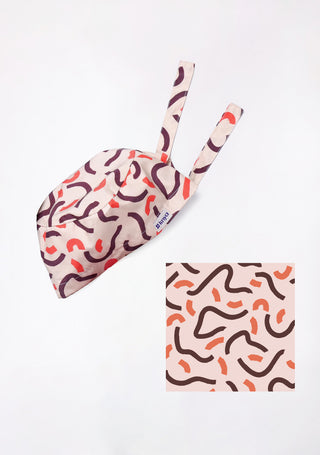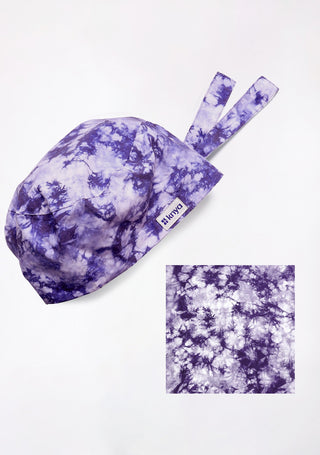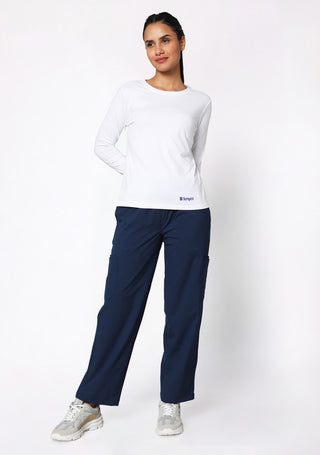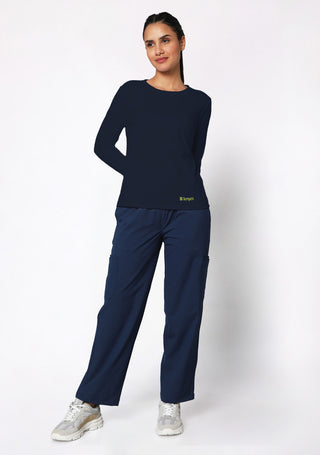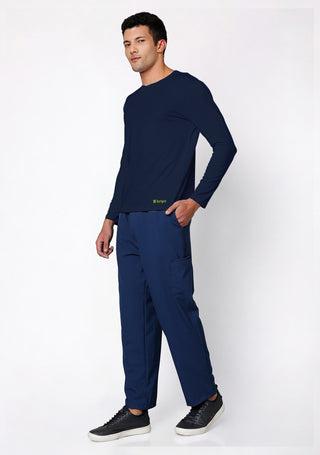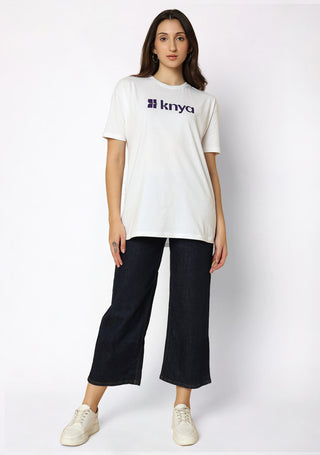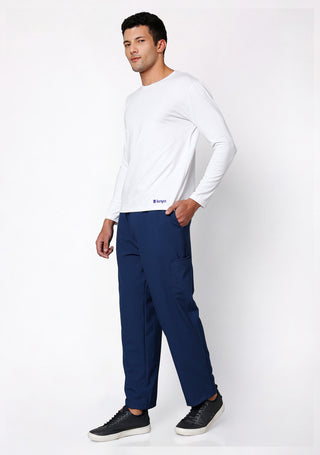The transition from dresses to scrubs in nursing was a result of changing healthcare needs, advances in medical knowledge, and evolving social attitudes. While the classic white nursing dress once symbolized purity and professionalism, scrubs have become the new standard due to their hygiene benefits, practicality, and cost-effectiveness. The shift was gradual, spanning several decades, but today, scrubs are an integral part of nursing attire, allowing nurses to perform their duties with greater ease and efficiency.
When Did Nurses Stop Wearing Dresses? Key Moments in the Evolution of Nursing Attire
The transition from dresses to scrubs in nursing did not happen overnight. Several key moments in history contributed to this gradual shift.
The Influence of Florence Nightingale (Mid-19th Century)
Florence Nightingale, often regarded as the founder of modern nursing, played a significant role in shaping early nursing uniforms. She emphasized the importance of cleanliness and professionalism, leading to the adoption of modest, long-sleeved dresses with aprons and caps. This attire remained the standard for decades.
Early 20th Century: The Classic White Dress Becomes the Norm
By the early 1900s, the traditional white nursing dress became the universal standard in hospitals. These uniforms symbolized purity, discipline, and professionalism. Nursing caps were also an essential part of the attire, signifying a nurse’s rank and training level.
The 1940s and 1950s: Small Changes in Uniform Design
During and after World War II, practical changes began to emerge in nursing uniforms. Some hospitals allowed nurses to wear shorter skirts and lighter fabrics to improve comfort and mobility. However, the traditional white dress remained dominant.
Comfort meets style. Explore All Women's Scrubs and discover the perfect fit for your busy day.
The 1960s and 1970s: The First Signs of Change
In the 1960s, the rigid structure of nursing uniforms began to loosen. Some hospitals introduced colored uniforms and pants for nurses, especially for those working in high-intensity areas like the emergency department. The feminist movement of the 1970s also contributed to changing perceptions of nursing attire, as women sought more practical and equal workwear.
The 1980s and 1990s: Scrubs Gain Popularity
By the 1980s, scrubs were becoming increasingly common in surgical and intensive care units. Hospitals realized the benefits of scrubs in terms of hygiene, practicality, and cost-effectiveness. By the 1990s, scrubs had replaced dresses in most healthcare settings, and nursing caps had largely disappeared.
The 2000s to Present: Scrubs as the Standard
Today, scrubs are the standard attire for nurses worldwide. Many hospitals and healthcare institutions have adopted color-coded scrubs to differentiate between different departments and roles. Modern scrubs come in various styles and fabrics, offering nurses both comfort and professionalism.
The Role of Hygiene and Safety in the Move from Dresses to Scrubs
One of the primary reasons for the shift from traditional nursing dresses to scrubs was the increasing emphasis on hygiene and safety in healthcare settings. In the early 20th century, nursing uniforms were heavily starched white dresses, which were meant to symbolize cleanliness and professionalism. However, as medical knowledge advanced, it became clear that these uniforms were not as practical as they seemed.
Infection Control
Nurses’ dresses were often made of thick fabric that could harbor bacteria and pathogens. Additionally, long skirts and sleeves could easily brush against contaminated surfaces, increasing the risk of spreading infections. As hospitals became more aware of nosocomial (hospital-acquired) infections, it became evident that traditional dresses posed a hygiene risk.
Ease of Cleaning
White dresses, while visually appealing, were notoriously difficult to keep clean. They required frequent laundering and often needed bleaching to remove stains. Scrubs, on the other hand, were designed with hygiene in mind. Made from easily washable fabrics, scrubs could be cleaned at high temperatures, effectively eliminating bacteria and viruses.
Improved Safety and Functionality
Long nursing dresses were often restrictive, making it difficult for nurses to move quickly in emergency situations. As healthcare became more fast-paced, it became crucial for nurses to have attire that allowed them to perform their duties efficiently. Scrubs, with their loose fit and breathable fabric, provided greater ease of movement and comfort during long shifts.
How Scrubs Became the New Standard: The Practical Advantages Over Dresses.
By the mid-to-late 20th century, the adoption of scrubs in healthcare settings had increased significantly. This shift was driven not only by hygiene and safety concerns but also by the practical advantages scrubs offered over traditional dresses.
Comfort and Mobility
Nursing is a physically demanding profession that requires long hours of standing, walking, bending, and lifting patients. Traditional nursing dresses, which were often fitted and accompanied by starched aprons, restricted movement. Scrubs, on the other hand, were designed to be loose-fitting and comfortable, allowing nurses to perform their duties without hindrance.
We believe you deserve the best. Shop our amazing selection of lab coats right here.
Cost-Effectiveness
Scrubs are generally more affordable and durable than traditional nursing dresses. Hospitals found that switching to scrubs significantly reduced uniform costs. Unlike dresses, which required special laundering and ironing, scrubs could be washed easily and replaced at a lower cost.
Gender Neutrality
In the early days of nursing, the profession was dominated by women, and nursing uniforms reflected traditional feminine attire. However, as more men entered the profession, the need for a gender-neutral uniform became evident. Scrubs provided a practical solution, as they could be worn by both male and female nurses without any distinction.
Professionalism and Standardization
The introduction of scrubs also helped standardize nursing attire across different healthcare settings. In the past, different hospitals had variations in uniform styles, leading to inconsistencies in professional appearance. Scrubs created a uniform look that made it easy to identify healthcare professionals and distinguish them from patients or visitors.


